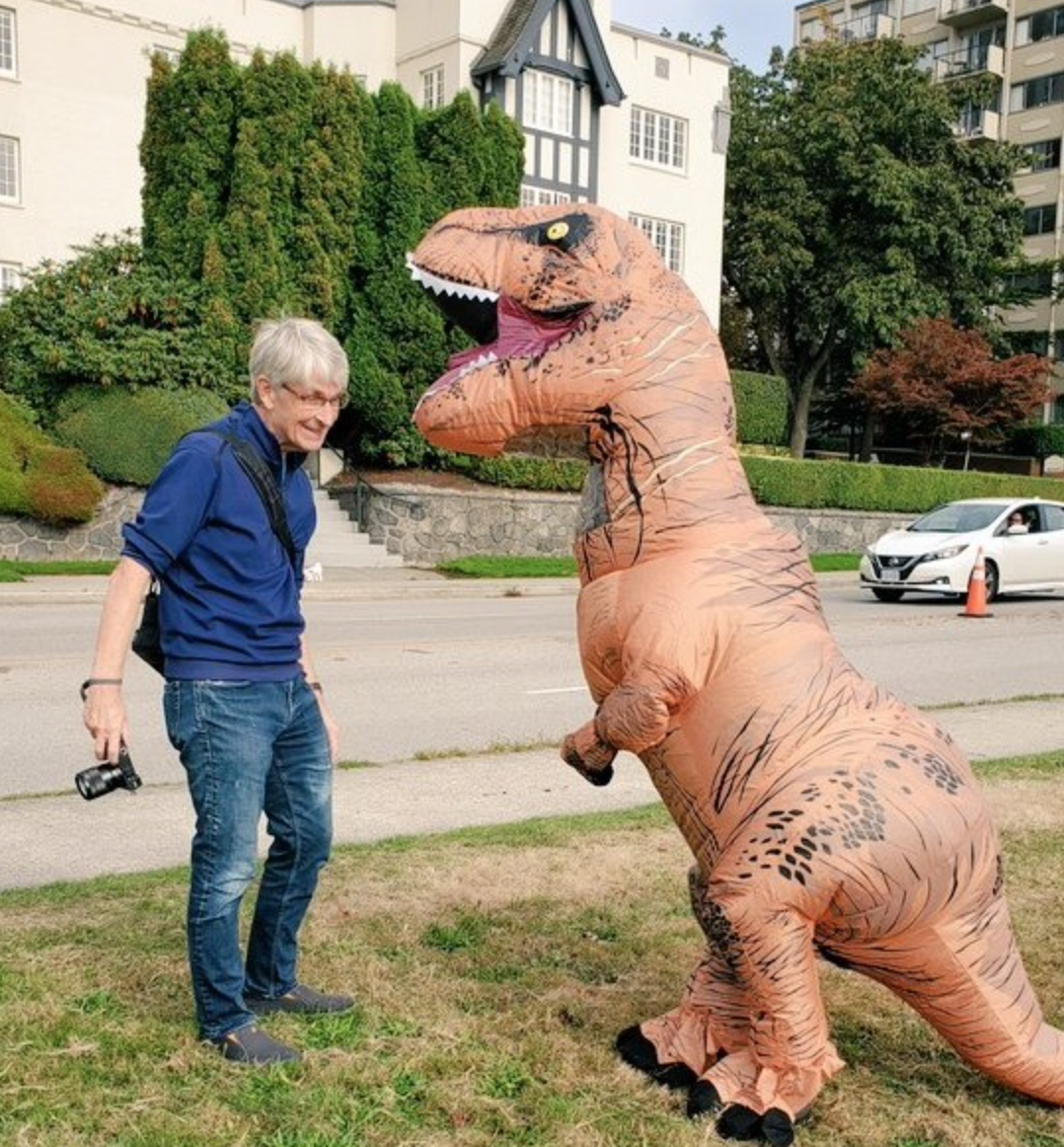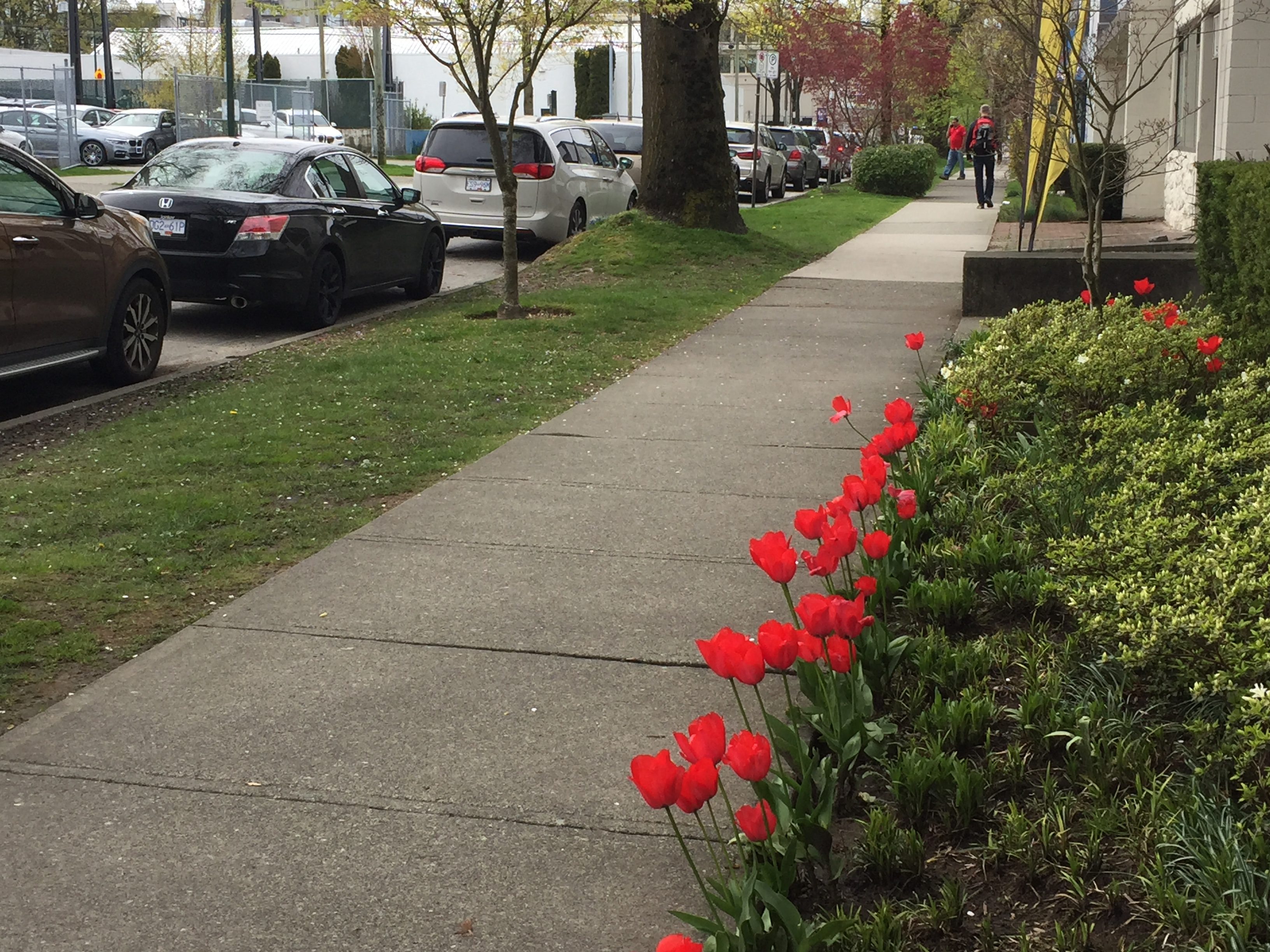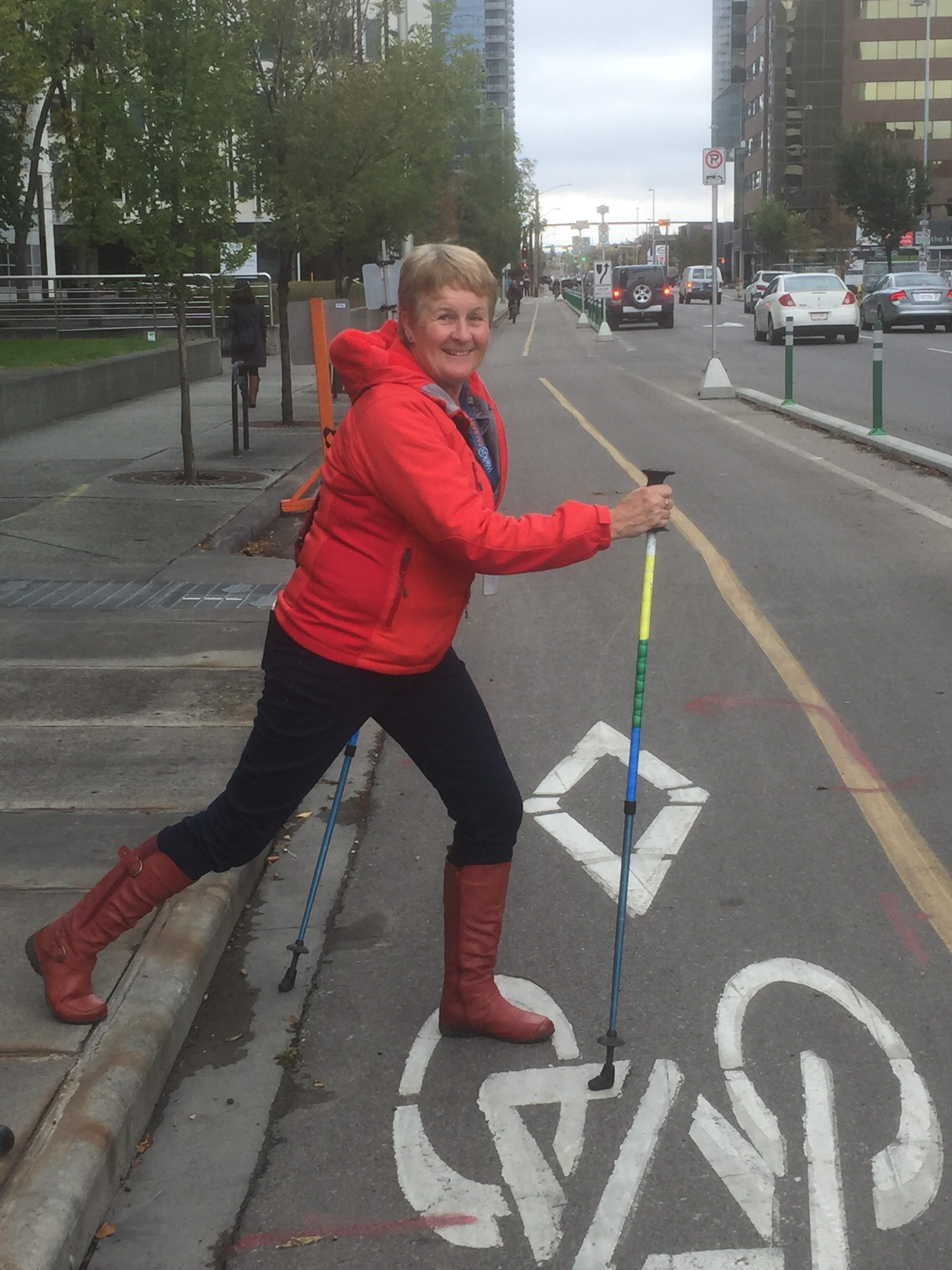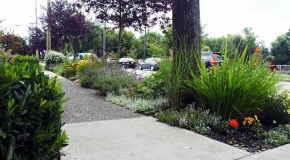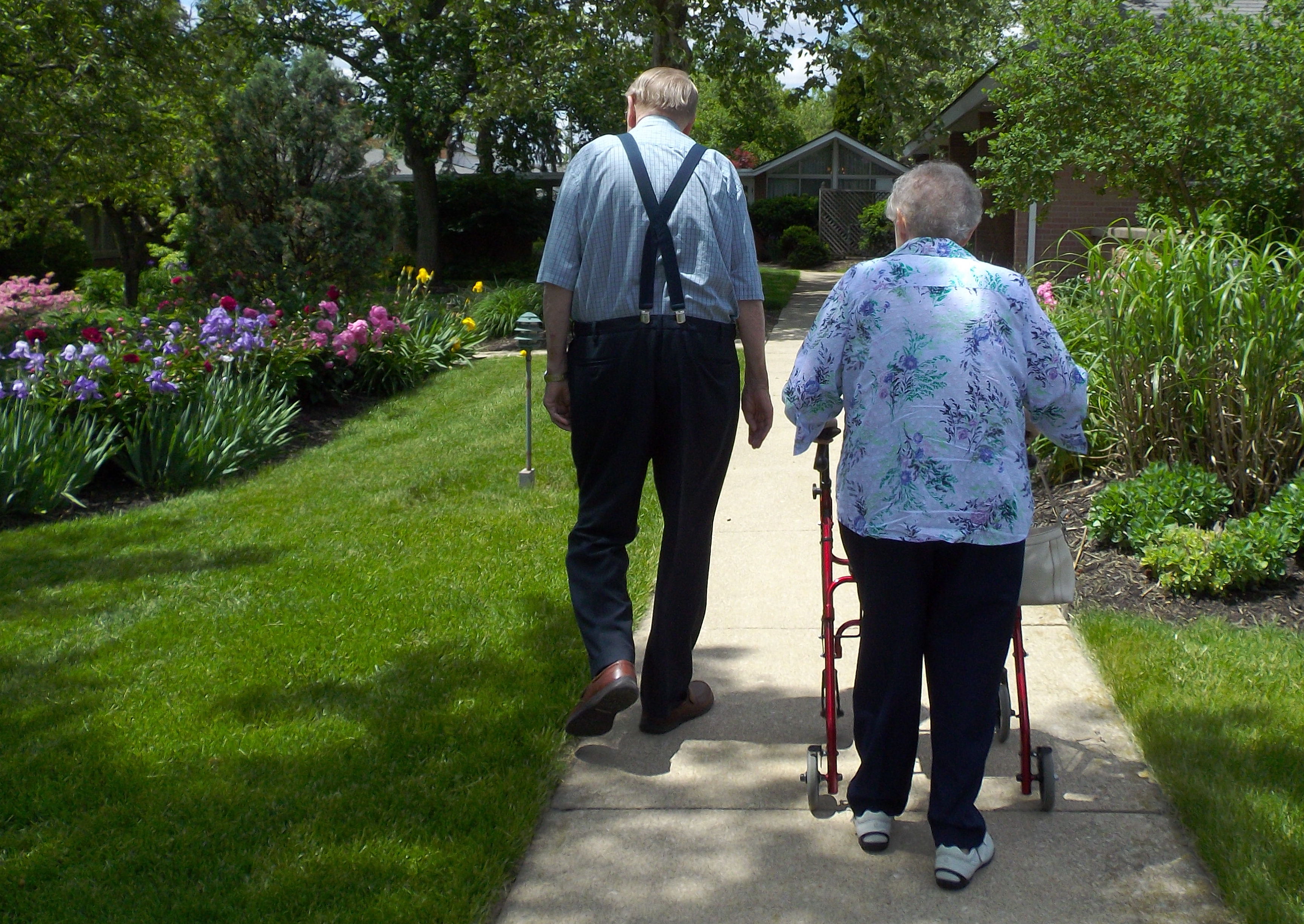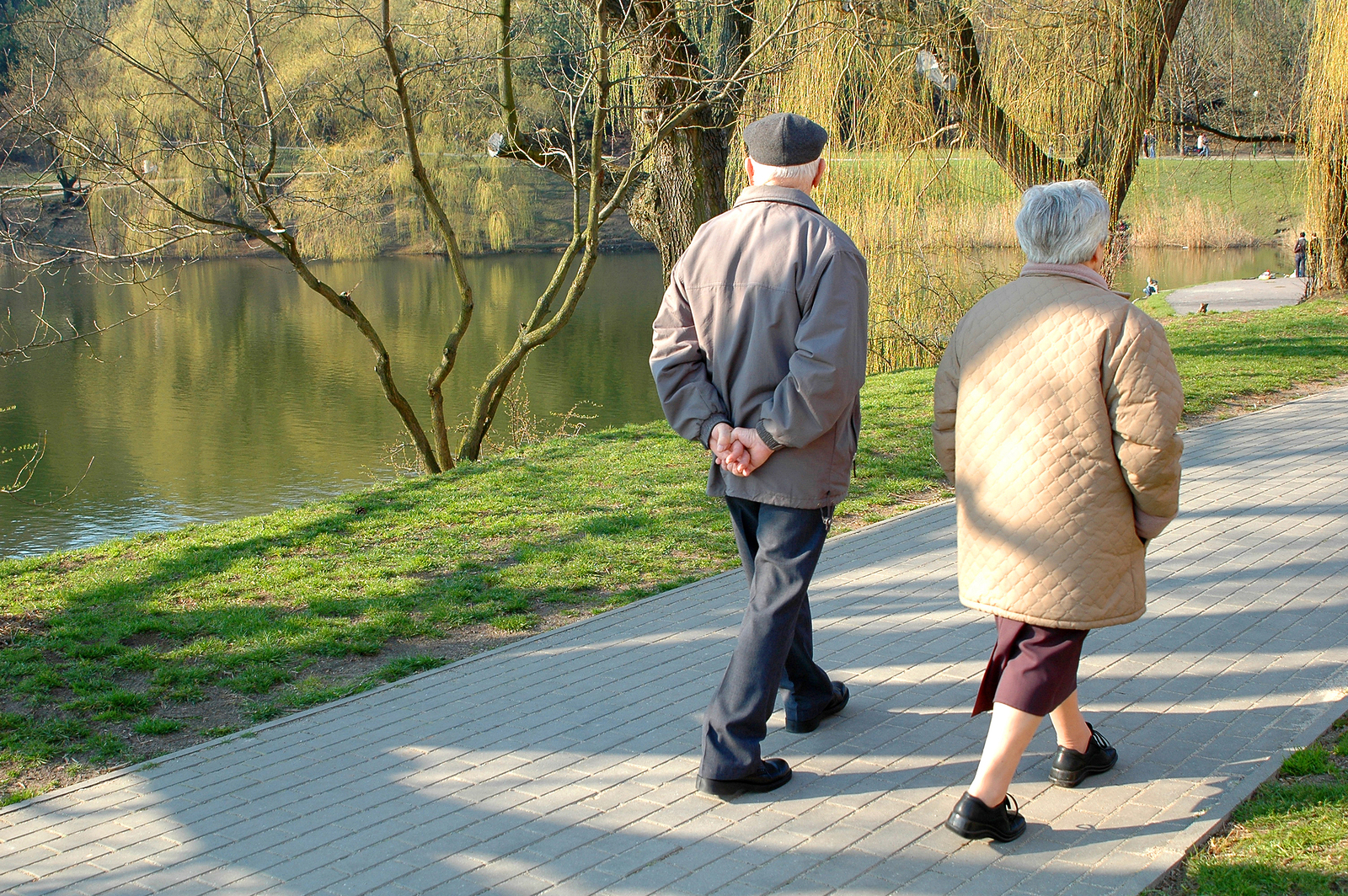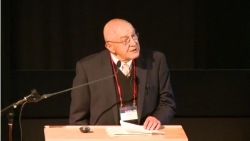While we are still struggling to urge the Provincial government to allow municipalities to declare areas of their towns as 30 km/h zones without the costly signage and legalities, the City of Edinburgh continues to show why we need to implement slower driver road speeds.

The adoption of the lower driver road speeds was part of the City of Edinburgh’s commitment to Vision Zero, a strategy to stop all traffic fatalities and injuries while enhancing safe, healthy equitable mobility.
In this evaluation that has just been completed on the city’s 20 mph (30 km/h) citywide network, not only did average driver road speed drop, but researchers were able to clearly show that for every one mile per hour of decreased driver speed that accidents were reduced by five percent. Of course the other important outcome was that driver caused crashes at lower speeds result in less significant injuries to vulnerable road users.
Driver vehicle crashes were reduced by thirty percent in the first three years of the implementation of the 20 mile per hour speed limits, with a coinciding 31 percent drop in death and serious injury. The lower driver road speeds meant that more people bicycled more often.
Nitrogen Oxide emissions also decreased, a key national policy goal of the British government. But the absolutely best part of this evaluation is the analysis that the lower driver speed limits have saved 38.6 million pounds in three years.
That’s the equivalent of nearly 60 million Canadian dollars.

Due to this effectiveness, Edinburgh’s Transport and Environment Councillor now wants to expand the area that is applied to the 20 mph driver road speed.These findings are in keeping with this study published last Fall in the Journal of Transport and Health that looked at the 20 mph speed reduction in Edinburgh and in Belfast, Ireland. Even though there were marked differences in how the 20 mph and Vision Zero approach were implemented , reductions in posted driver speed resulted in “significant reductions in collisions and casualties, particularly in Edinburgh which had higher average speed at baseline”.
The study also noted that the monetary cost of crashes and deaths would exceed the cost of any intervention to reduce speed, making the overall cost and benefits favourable.
The YouTube video below describes the implementation of the 20 mph speed limits in Belfast and in Edinburgh.
images:Edinburghlive;gov.uk

